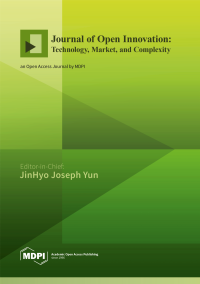Purpose: This research seeks to answer the basic question, “What would be the most determining factors if I perform regression analysis using several independent variables?” This paper suggests the way to estimate the proper royalty rate and up-front payment using multiple data I can get simply as input.
Design/methodology/approach: This research analyzes the dataset, including the royalty-related data like running royalty rate (back-end payments) and up-front payment (up-front fee + milestones), regarding drug candidates for specific drug class of anticancer by regression analysis. Then, the formula to predict royalty-related data is derived using the attrition rate for the corresponding development phase of the drug candidate for the license deal, TCT (Technology Cycle Time) median value for the IPC code (IP) of the IP, Market size of the technology, CAGR (Compound Annual Growth Rate) of the corresponding market and the revenue data of the license buyer (licensee).
Findings: For the anticancer (antineoplastics) drug classes, the formula to predict the royalty rate and up-front payment is as follows.
<Drug Class: Anticancer activity candidates>
Royalty Rate = 9.997 + 0.063 * Attrition Rate + 1.655
* Licensee Revenue ‐ 0.410 * TCT Median
‐1.090 * Market Size ‐ 0.230 * CAGR (Formula 1)
Up‐Front Payment (Up‐front + Milestones) = 2.909 ‐ 0.006 * Attrition Rate + 0.306 *
Licensee Revenue ‐ 0.74 * TCT Median ‐ 0.113 * Market Size ‐ 0.009 * CAGR (Formula 2)
In the case of Equations Equation 1 to estimate the royalty rate, it is statistically meaningful at the significance level of 1 % (
P-Value: 0.001); however, in the case of Equations Equation 2 to estimate the up-front payment it is statistically not meaningful (
P-Value: 0.288), thus requiring further study.
Research limitations/implications (if applicable): This research is limited to the relationship between multiple input variables and royalty-related data in one drug class of anticancer (antineoplastics).
Practical implications (if applicable): Valuation for the drug candidate within a specific drug class can be possible, and the royalty rate can be a variable according to drug class and licensee revenue.
Full article



